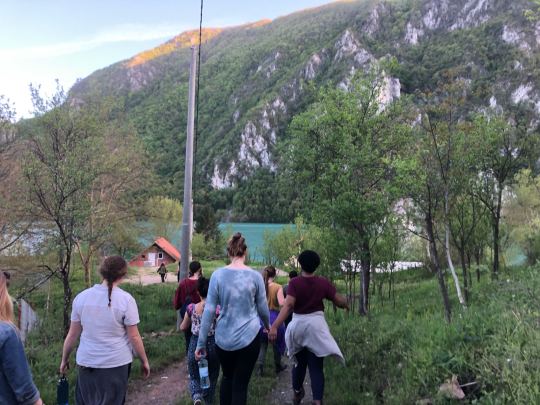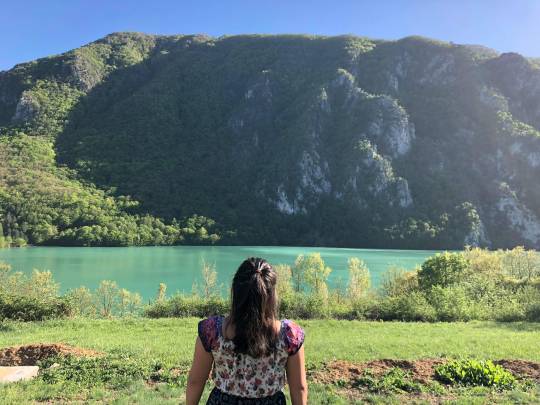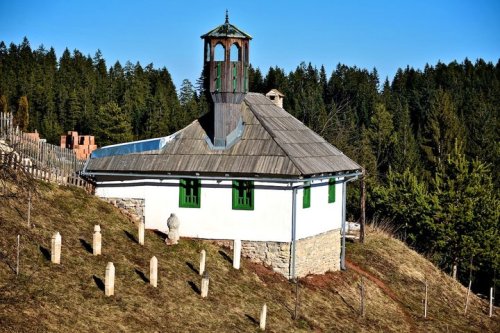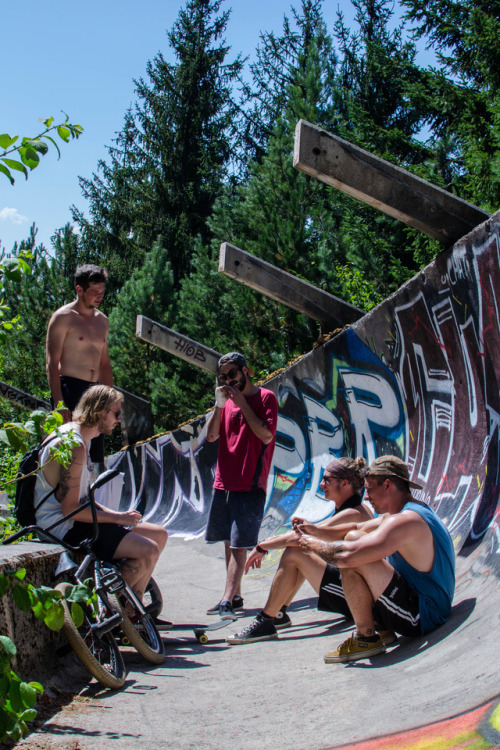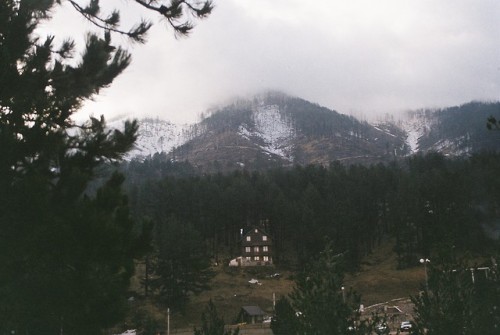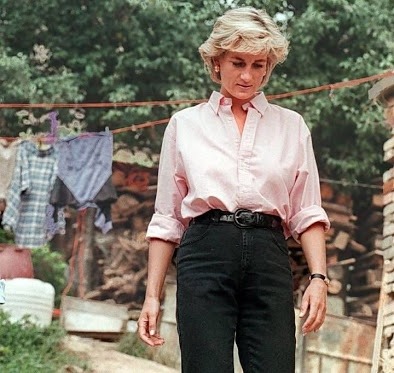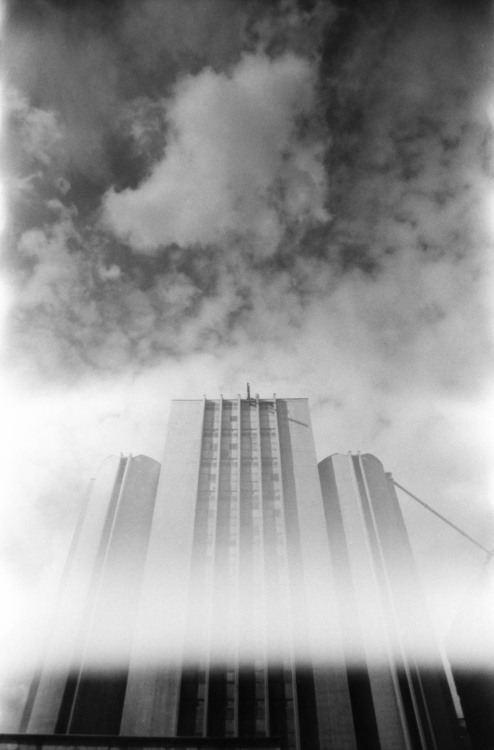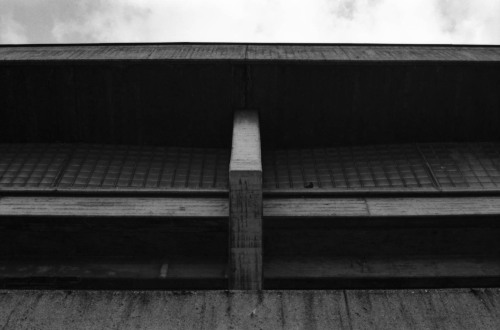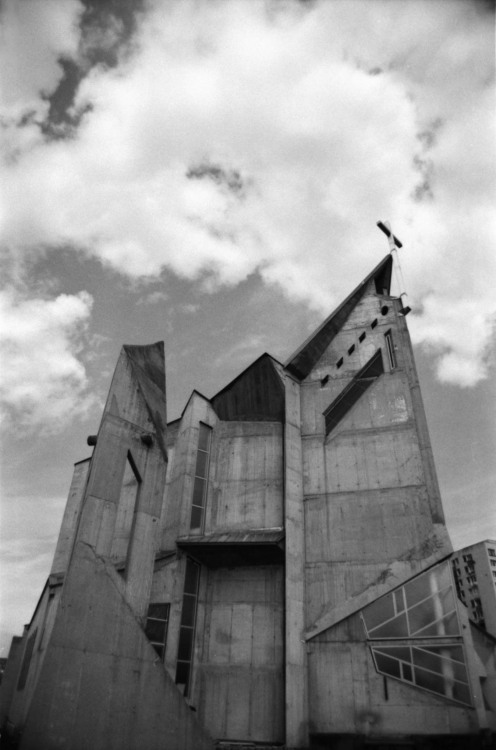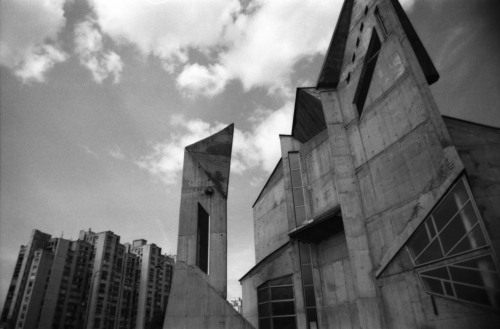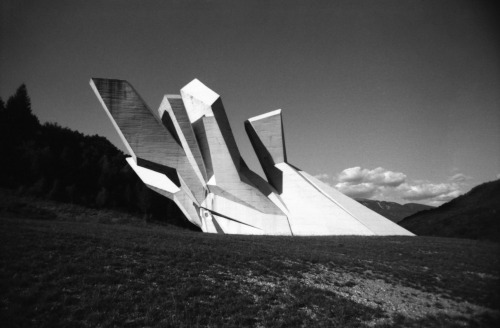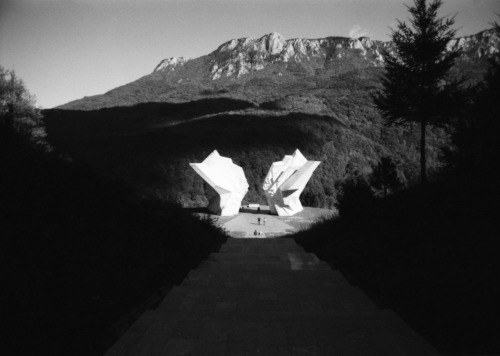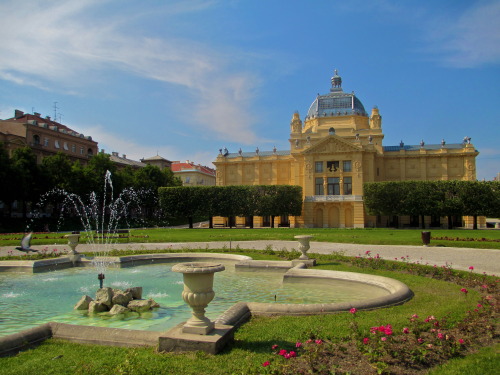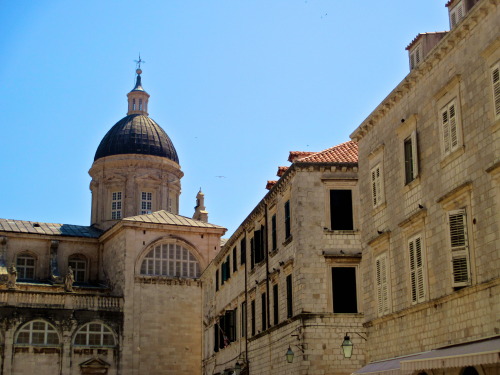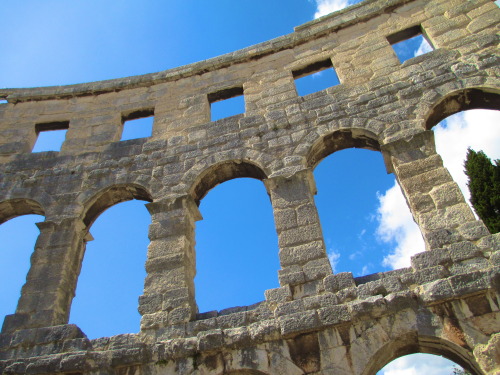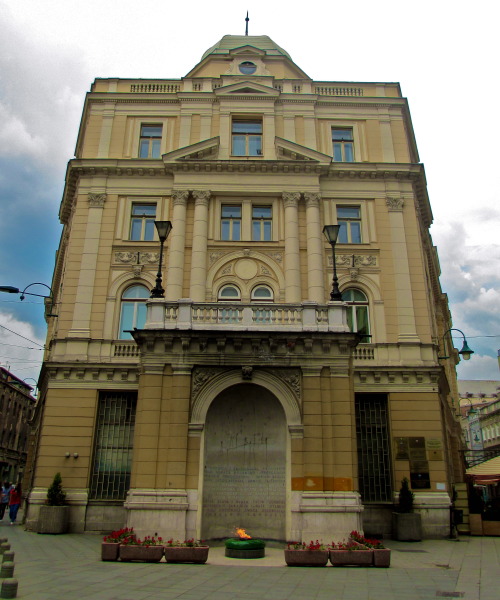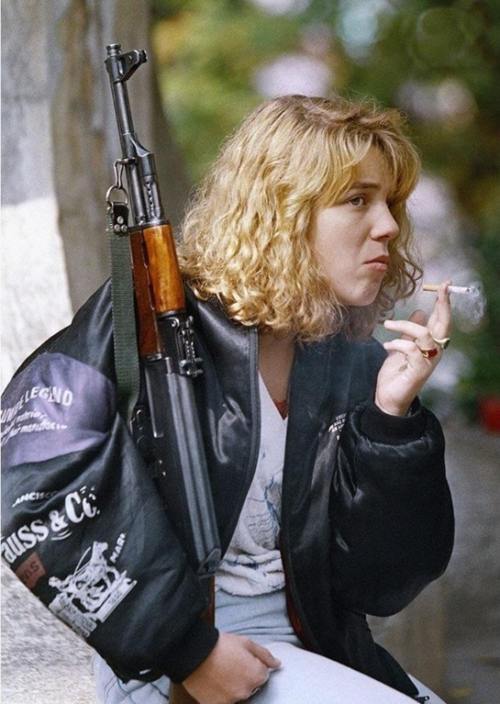#bosnia
Travelling for the month :)
Follow
https://www.instagram.com/celiamarquis/
To see my travel drawings
Post link
Božićni kruh (“Christmas bread”), Livno (western Bosnia and Herzegovina), 1970.
This particular bread was baked on the occasion of the winter solstice, when the sun reached his lowest position and prepared to be born again (notice the solar wheel/swastika).
Post link
Independent State of Croatia, 1941-1945
The Independent State of Croatia (Nezavisna Država Hrvatska), often referred to simply by the abbreviation NDH, was a World War II puppet state of Nazi Germany and Italy. It consisted of most of modern day Croatia and Bosnia and Herzegovina, together with some parts of modern-day Serbia.
The flag combines the colors of the flags of the Kingdom of Croatia (red and white), the Kingdom of Slavonia (white and blue) and the Kingdom of Dalmatia (red and blue). The šahovnica (“chessboard”) first attested as an official symbol of the kingdom of Croatia in 1495.
The “U” in the top left corner is the symbol of the Ustaša Movement, a fascist and terrorist organization active, in its original form, between 1929 until 1945. As German forces withdrew from Yugoslavia in 1944/1945, the Ustaše mostly left the country.
Post link
Sportsmen
Olympic Bobsleigh Track, Sarajevo, Bosnia and Herzegovina, August 2017.
© 2017 Giulia Caleca. All rights reserved.
Post link
August 1997 - Princess Diana visits Bosnia in anti-land mine campaign
The 36-year-old princess was invited to Bosnia on a “private visit” by the Washington-based Land mine Survivors’ Network to highlight the plight of land mine victims.
Post link
Case Black or the Battle of the Sutjeska was a joint attack by the Axis taking place from 15 May to 16 June 1943, which aimed to destroy the main Yugoslav Partisan force, near the Sutjeska river in south-eastern Bosnia. The failure of the offensive marked a turning point for Yugoslavia during World War II.
The operation immediately followed Case White which had failed in accomplishing the same objectives: to eliminate the central Partisan formations and capture their commander, Marshal Josip Broz Tito.
The successful Partisan breakout helped their reputation as a viable fighting force with the local populace. The battle marked a turning point toward Partisan control of Yugoslavia, and became an integral part of the Yugoslav post-war mythology, celebrating the self-sacrifice, extreme suffering and moral firmness of the partisans.
Post link
Tjentište Monument
Tjentište spomenik
The Battle of Sutjeska Memorial Monument Complex in the Valley of Heroes
Location: Tjentište, Republic of Srpska, Bosnia & Hercegovina
Year built: 1971
Designer:Miodrag Živković &Ranko Radović
Dimensions: ~19m high and ~25m
Post link










Just let there be no war!
movie: Dara Of Jasenovac (2021)
song: Just let there be no war, Đorđe Balašević❤️
Mostar - Bosnia and Herzegovina (by Anna Jewels (@earthpeek))
https://www.instagram.com/earthpeek/
Post link
A Bosnian girl, holding an AK-47 rifle smokes a cigarette as she waits for a funeral service at Sarajevo’s Lion’s cemetery in 1992.
Post link
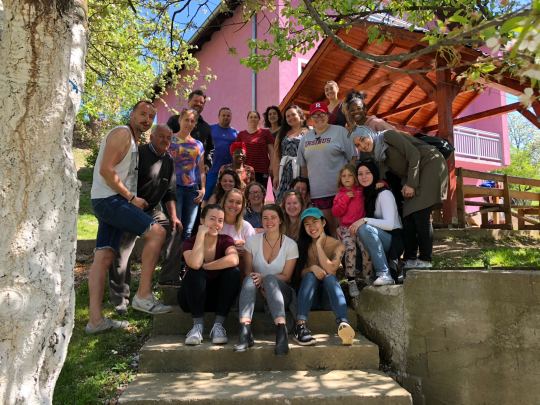
For me, the most important part of my education with LIU Globalis the experiential learning. Reading theory may be necessary, but nothing can compare to the impact of going into the field and learning directly from people’s lived experiences. During the last weekend of our Europe semester, we ventured by bus from Sarajevo, Federation of Bosnia and Herzegovina to Srebrenica and Klotjevac, Republica Srpska.
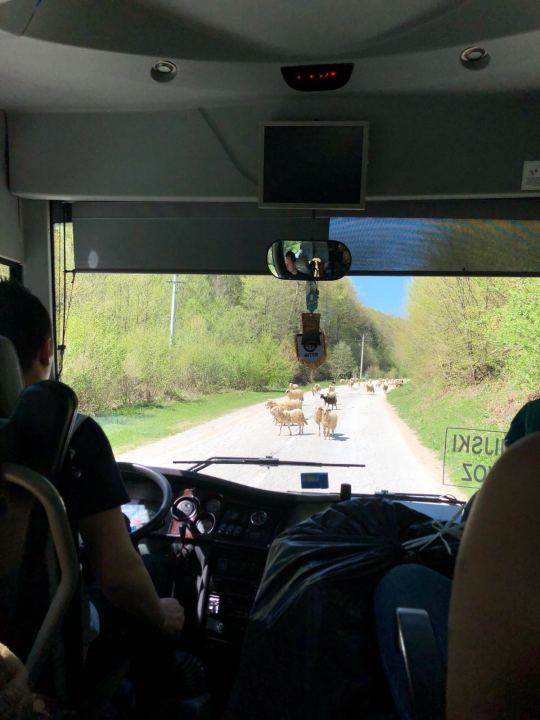
This region was the setting of the genocide in 1995 in which around 8,000 Bosnian Muslim men were massacred.
On the first day, we visited the memorial in Srebrenica. There we learned directly from a tour guide who was a survivor of the genocide and had lost several family members there. He told us about his personal experiences and about the failure of the UN and the international community to help.
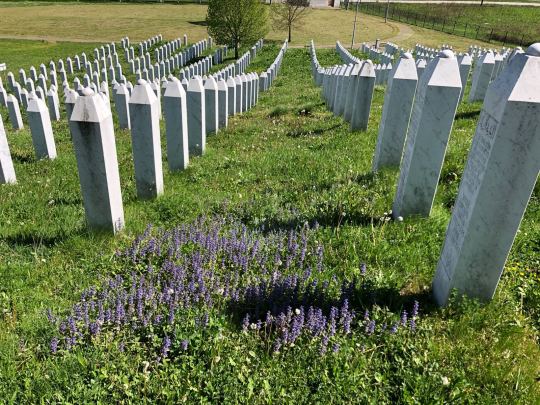
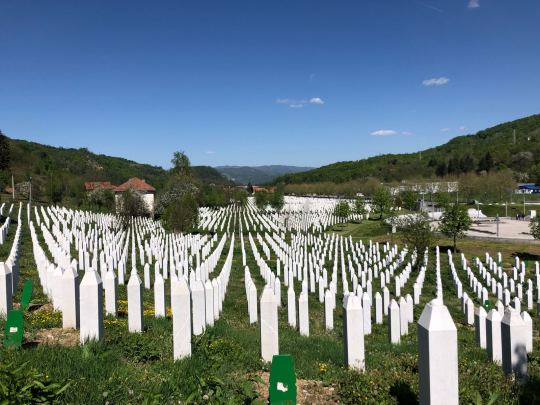
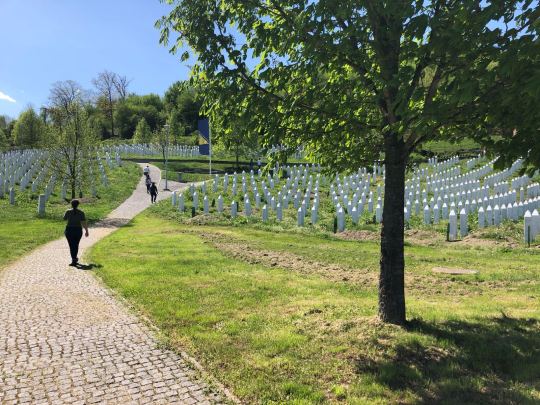
After this, we continued on to the smaller community where we would spend two days and nights. We stayed in the home of one of the few returning families there. Three generations lived in a bright pink house, parents, grandparents, and three young daughters. They welcomed us with a feast of rice, peppers, fresh homemade cheese, and delicious stuffed pies. They live right on the water, surrounded by the staggering mountains. Everywhere we looked was a variation of vibrant greens and blues. The intensity of the beauty seemed to match the intensity of the horror that took place there.
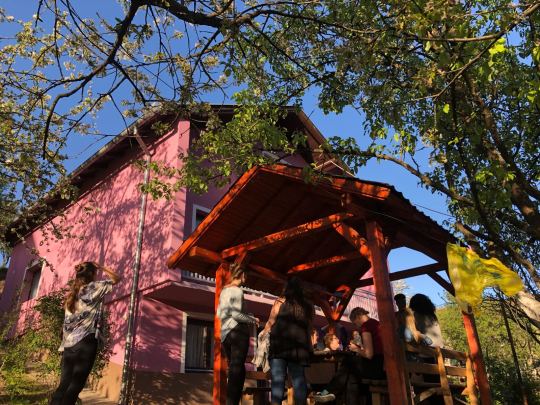
Over the course of several days and meals and walks with the family, they told us much of their story. On the first night walking with the grandfather of the family and several other Global students, he pointed out to us each place where another house used to be.
As the family did not speak English and we could not communicate further than a general greeting in Bosnian, we relied on the help of our organizer, Nerkez, as well as several Bosnian students who joined us. Luckily they were all always willing to translate so we were able to communicate and learn a lot from the family. They shared with us how their income mostly comes from various farming and agricultural pursuits, and hosting student groups like us. There are still many challenges to life in this region though.

During a walk one morning we saw where children in the town used to go to school, yet now the nearest school to this family is quite far away and in danger of closing due to lack of students. Already it is hard to get to it, as the road leading there is bumpy and in need of maintenance. If this school were to close it is possible the family would have to move because in Bosnia and Herzegovina homeschooling is illegal and all other schools are simply too far away to commute to.
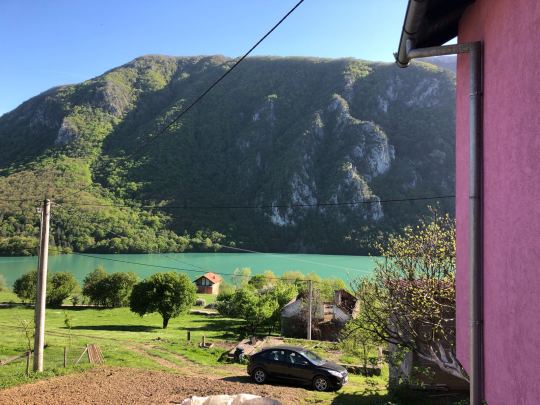
Another challenge they are facing is complications with the government of Republica Srpska. The government of Republica Srpska is dominated by Bosnian Serbs, while the families who were impacted and are now returning to Srebrenica are primarily Bosnian Muslims.
One way the government is impending in the efforts of some families to return is by naming the area a national park. Already they have begun to declare it, but if the process continues it could become legally impossible for more families to return and rebuild their houses and it could even escalate to a point where the families who have already returned must leave again. In effect, the efforts of the government of Republica Srpska to turn the region of Srebrenica into a national park could be seen as a perpetuation of the ethnic cleansing of Bosnian Muslims.
After this trip, we returned to Sarajevo with more questions to ponder than answers. Perhaps this is the clearest sign of a truly impactful learning experience.
